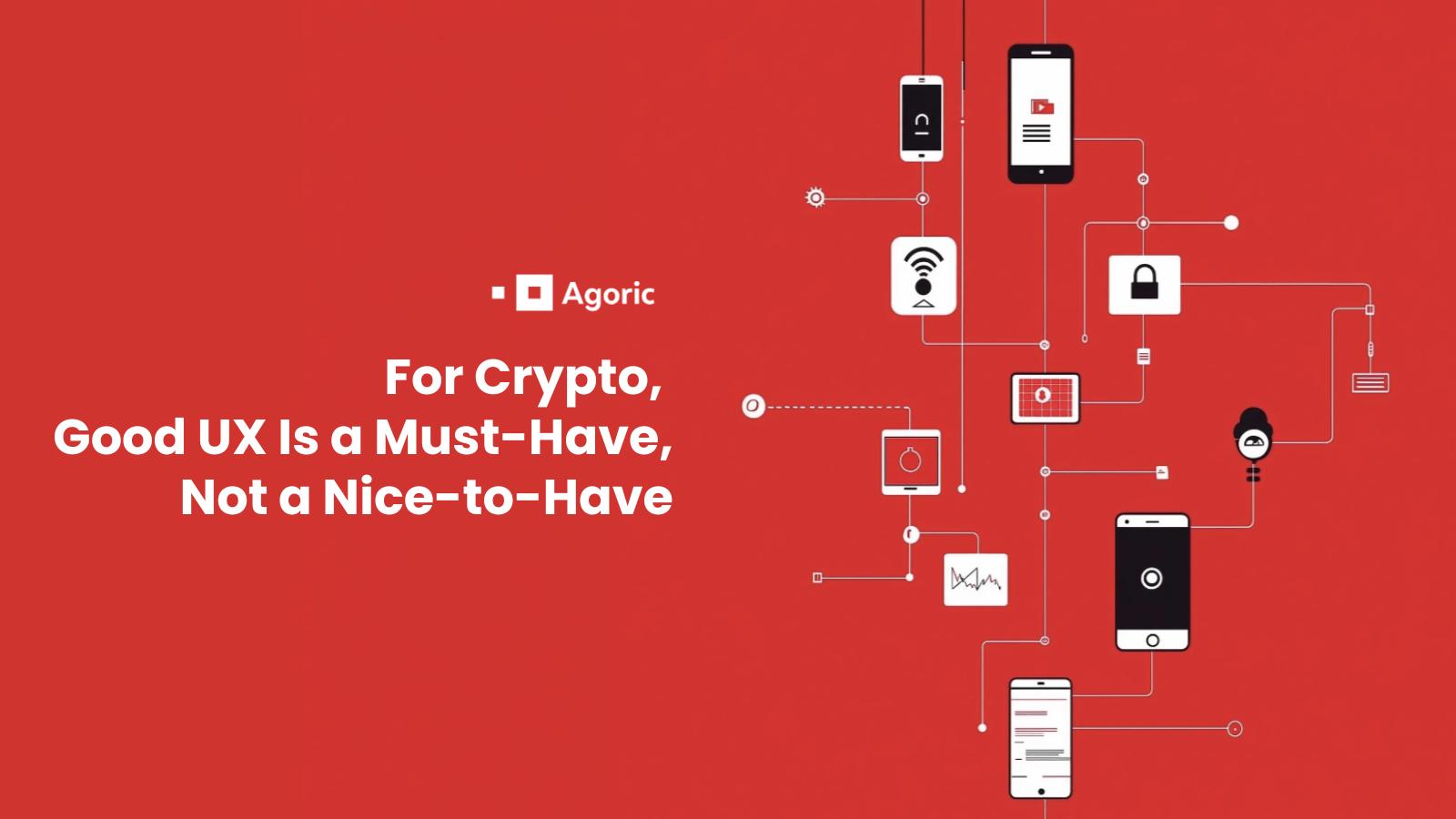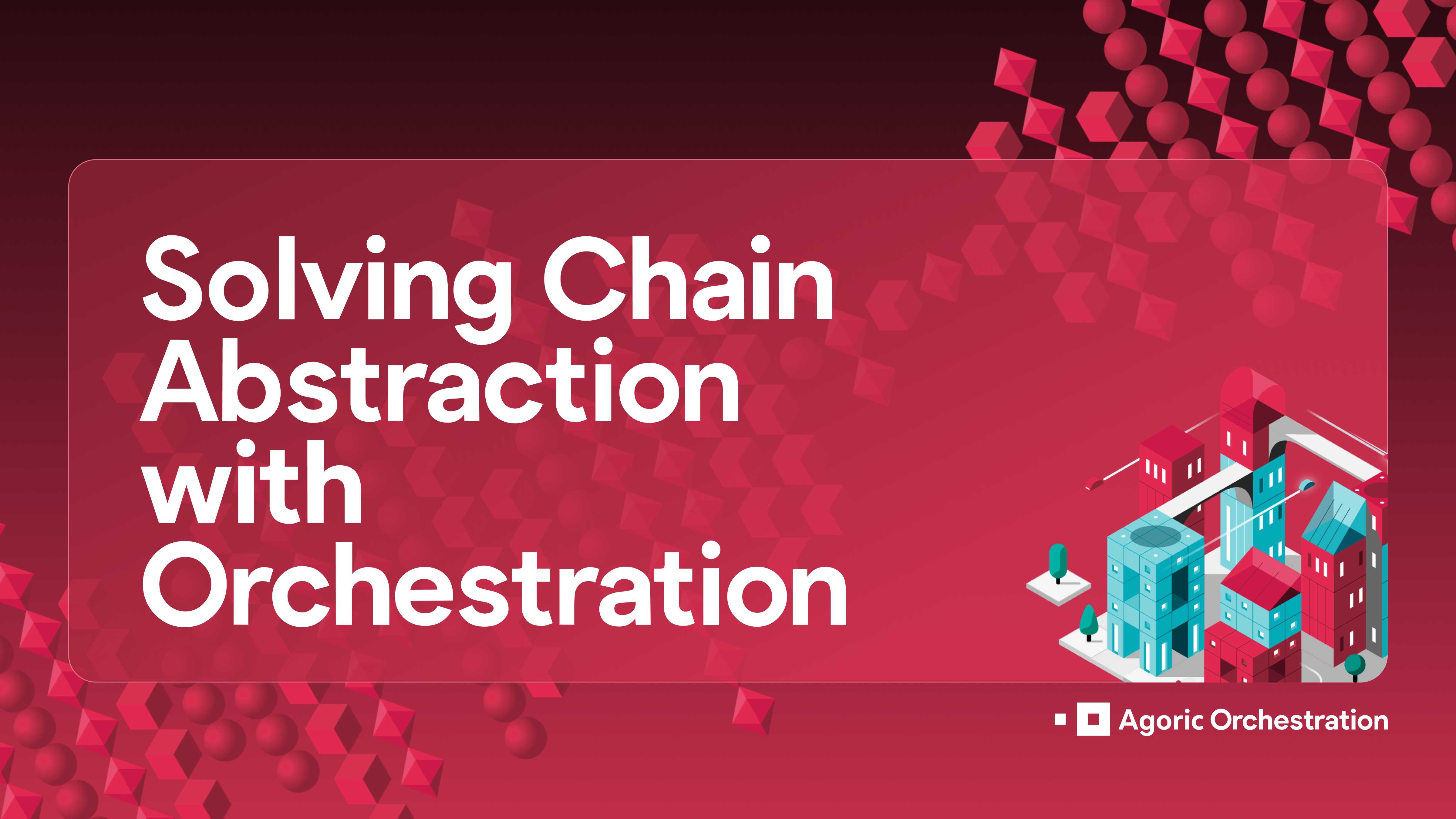Chain abstraction is a design philosophy gaining momentum that refers to the simplification and unification of interactions across different blockchain networks. It's a concept that aims to abstract away the complexities and differences between various blockchain systems to enable smoother, more straightforward interoperability and development. What chain abstraction is not is an attempt to compromise on the core features that make blockchains worth using (security, decentralization), or some kind of shortcut to mass adoption.
As web3 becomes progressively more multi-chain, chain abstraction offers a path towards seamless interoperability. To better understand how, let’s clear up five common misconceptions about chain abstraction that will help you navigate the multi-chain universe.
1. Chain abstraction eliminates blockchain differences
A common misconception is that chain abstraction will entirely eliminate the technical and functional differences between various blockchains. While it significantly simplifies interactions across chains, the unique characteristics, consensus mechanisms, and security models of each blockchain remain intact. Users will want (and should have) the ability to operate under their preferred security model or consensus mechanism without compromising access to, or usability of, blockchain services. Rather than eliminate the differences between blockchains, chain abstraction aims to remove the friction of switching from the user experience.
Some user classes will care about the infrastructure that they’re using—e.g. traders, developers, security professionals—so it’s important not to obfuscate what an application does behind the scenes. As web3 onboards larger user groups, they will care less about what infrastructure they’re using and only that their applications work, relying on experts for guidance about what they can use safely. But when they’re actually using those applications, they don’t want the interruption of dealing with protocol-level interactions just like they don’t have to manually select the right database to stream a movie from Netflix or Hulu.
2. It’s Only About Cross-Chain Transactions
Facilitating transactions across different blockchains is a significant feature of chain abstraction, but it's not the only utility. Chain abstraction also encompasses the simplification of accessing and using decentralized applications, smart contract deployment, and data retrieval across blockchains, enhancing the overall user experience beyond just transactions.
“The applications people want are not just about the assets… We see people working really hard to do what is frankly basic stuff. I’ve got assets on this chain, I want to buy and stake assets on that chain—right now this takes people hours when it should be click a button and you’re done. In order to build even simple use cases, there’s a lot of stuff that naturally in the programming we need to abstract away.” —Dean Tribble, World of Chain Abstraction panel, BUIDL Asia
The simplification provided by chain abstraction means that developers can compose outside of their core ecosystem, deploy smart contracts, and retrieve data with greater ease, irrespective of the underlying blockchain infrastructure. NEAR chain signatures are one example of this. Another team, Anoma, is even rethinking transactions as the atomic design unit in blockchain systems.
3. Chain Abstraction Leads to Centralization
Another misconception is that the process of abstracting chain operations could lead to centralization. This concern stems from the idea that a unified layer or interface that simplifies access to multiple blockchains could become a single point of control or failure. This criticism misses a key point of chain abstraction: it exists because creating that unified layer in a sufficiently decentralized and secure way is really, really hard. The reality is centralized and off-chain services like exchanges are acting as the primary cross-chain interoperability vehicle for a large group of users simply because they’re easier to use.
Most chain abstraction solutions are designed with decentralization in mind, utilizing decentralized protocols and mechanisms without relying on any centralized services. The goal is to enhance usability and interoperability without compromising on the decentralization that makes blockchain technology unique and valuable. It's crucial to distinguish between the goal of chain abstraction, simplifying access for end-users, and centralizing control over the underlying networks.
4. Chain Abstraction Compromises Security
There are some conversations that suggest that abstracting chain operations compromises the security of transactions and interactions. To the contrary, Chain abstraction layers are designed to maintain the security standards of each underlying blockchain. They facilitate secure cross-chain communication and transactions without diluting the individual security protocols and measures inherent to each blockchain.
Using the internet safely requires a heightened level of security awareness, similar to what users face in web3. Just as internet users learn to protect themselves against cybersecurity threats without necessarily understanding the technical nuances between different types of attacks—such as a ransomware attack like Wannacry versus a vulnerability like Heartbleed—web3 users similarly benefit from chain abstraction layers. These layers manage the complexities of security (transparently), allowing users to engage safely without needing to master the lower level technical details.
Contrary to compromising security, chain abstraction aims to separate out the security concerns so developers can more easily build applications that let users do things like move an asset across multiple chains and stake it somewhere with one signature in a way that doesn’t hide the security they rely on.
5. It Makes Blockchain Interoperability Simple
While chain abstraction aims to simplify interoperability, the underlying process and technology to achieve seamless cross-chain interactions are complex. Ensuring compatibility, security, and efficiency across diverse blockchain architectures involves sophisticated mechanisms and continuous development efforts. Applications go through great lengths to make their cross-chain infrastructure work without burdening the users. The concept of making interoperability "simple" is more about the end-user experience rather than the complexity of the technology itself.
“The important thing here is expanding the scope of standardization, if users can do the same thing, you want the same infrastructure to provide whatever service it does across as large of a set of these projects as possible. The reason why that’s valuable is so that you don’t have to start network effects from scratch.” —Vitalik Buterin, World of Chain Abstraction panel, BUIDL Asia
Chain abstraction addresses a challenge that has emerged specifically because of the success and proliferation of various blockchain architectures such as appchains, Layer 2 solutions, rollups, and other modular and interoperable systems. These technologies have not only gained traction individually but have also begun to establish levels of interconnectivity among themselves. The necessity for chain abstraction stems from the need to manage and streamline the interactions across these diverse systems. Each architecture, while powerful on its own, introduces unique challenges when composed with others—ranging from differences in transaction speeds and consensus mechanisms to smart contract languages and security protocols.
This evolving landscape has created new opportunities by facilitating a more interconnected ecosystem, prompting the industry to tackle the complexities that come along with this enhanced connectedness to reach the opportunity it created. Building at this next layer up, however, is introducing a whole new suite of challenges.
Making the Abstract, Concrete
This last point is why Agoric OpCo is building the Orchestration API. The seamless cross-chain experiences that chain abstraction is pushing towards are hard to implement. The Orchestration API gives developers the capabilities to build user-friendly applications that coordinate assets and services across blockchains through a familiar interface. This is one example of how teams are taking chain abstraction and turning it into something practical that developers can apply. Projects like NEAR, Anoma, Frontier Research, and many more, are all working on chain abstraction at different layers of the web3 stack.
The goal of chain abstraction is to simplify complexities for developers, making it easier to build and deploy decentralized applications that can operate across multiple blockchain platforms. This involves not only technical solutions for cross-chain communication, but also conceptual innovations in how blockchain functionality can be standardized without diminishing the unique strengths of individual chains. Chain abstraction is both a response to and a driver of the next wave of blockchain innovation, aiming to unlock even greater potential within the interconnected digital landscape.
Stay on the cutting edge of web3 development. Subscribe to the Agoric Developer Newsletter for more on chain abstraction, orchestration, and multi-chain design.
Join us to learn more about orchestration in person around the world, or online at a Welcome to Agoric session!
Want to be the first to try the Orchestration API? Complete the Getting Started tutorial and let us know about your experience on Discord. Our DevRels are happy to help!



